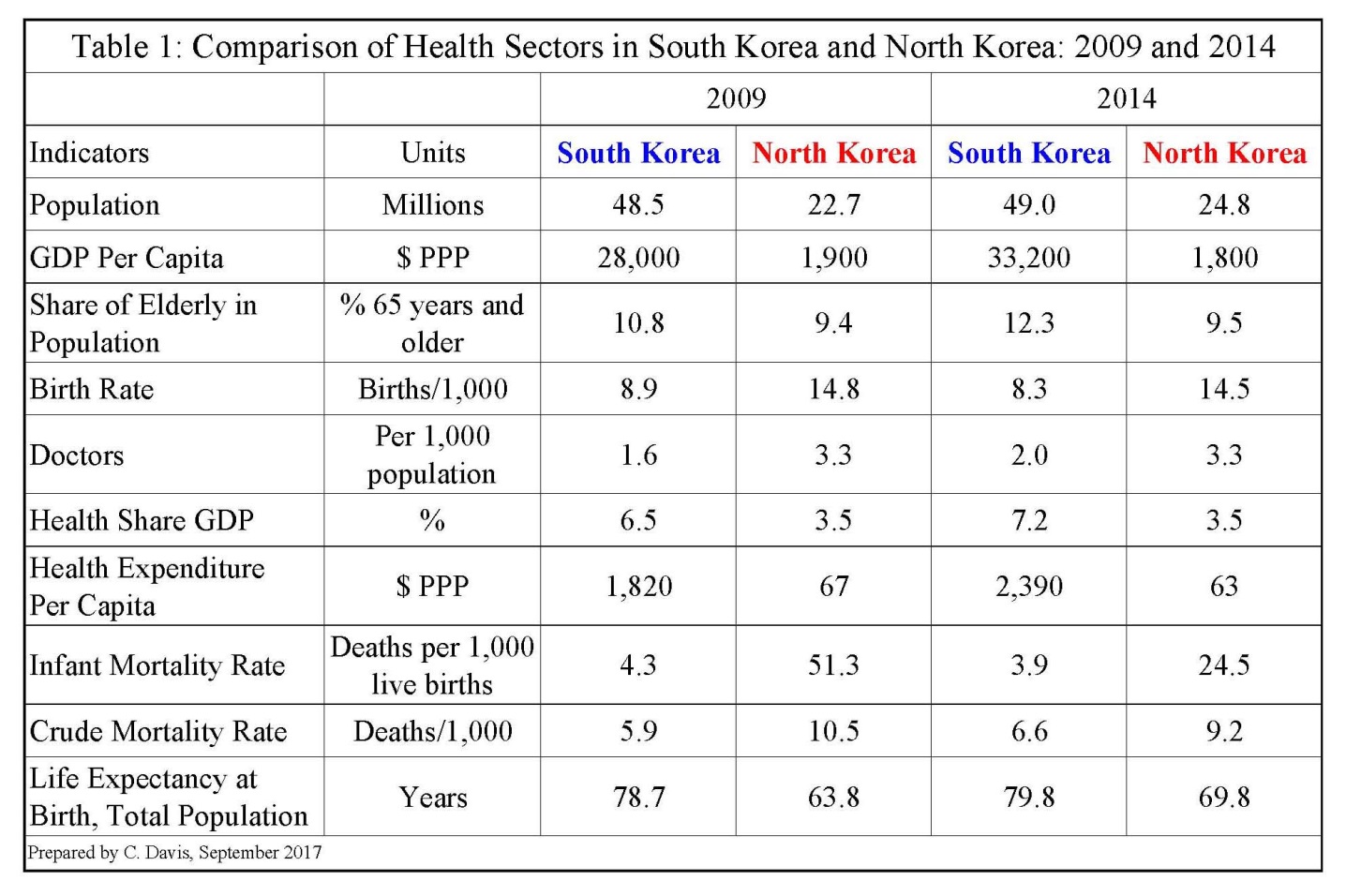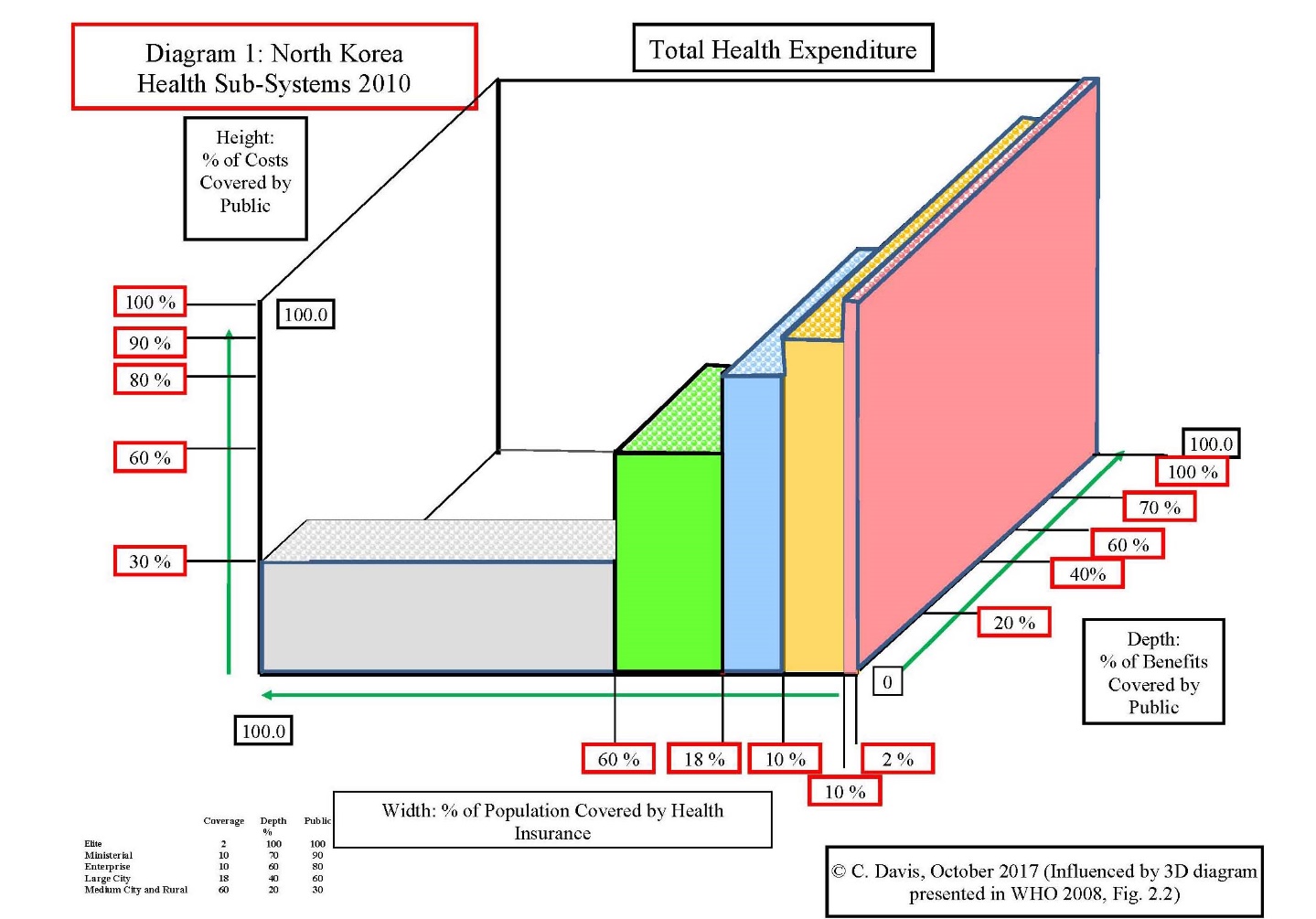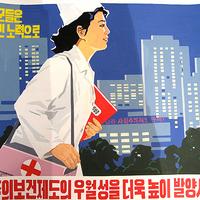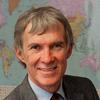North Korea has been attracting attention in the UK press for ballistic missiles shot through Japanese airspace, tests of nuclear weapons, and its exchanges of polemics with a leader of a major democracy. However, as I found out during a three-week academic visit to South Korea (completed on 30 October), life goes on in that country as normal for most of the population (fluctuations of tensions have occurred since 1953), while academic, think tank and government experts continue to be focussed on important issues related to the future of the Korean peninsular. One such issue is the reform and transformation of the under-funded and malfunctioning health sector in the ageing society of North Korea.
I was invited to South Korea as a Visiting International Professor by the Institute of Unification Education (IUE) of the Ministry of Unification. The purposes were to deliver lectures and talks related to the general subject of Lessons from Russia, East Europe and China for Economic Transition in North Korea and Korean Unification and to discuss related issues with South Korean analysts.[1] My invitation was the result of recommendations made by several South Korean scholars who had heard presentations by me during five previous visits to South Korea since 2010.[2]
Lessons from the Study of Health Sectors during Economic Transitions in Russia, Eastern Europe and China for Health in North Korea. This talk was based both on my general work, past studies of health economics, and research that I have been carrying out since 2010 on large health reforms in the post-Global Financial Crisis period in Russia (2008), China (2009), USA (2010), and UK (2011-12). The basic table that I prepared is shown below:

Some important differences (in 2014) of relevance to my talk were: (1) Population (Number): SK 49.0 million versus NK 24.8 million; (2) Population (Share of Elderly 65 and older): SK 12.3% and NK 9.5%; (3) Economy (GDP per Capita): SK $33,200 versus NK $1,800; (4) Economy (Health Spending Per Capita): SK $2,390 versus NK $67; and (5) Health Outputs (Infant Mortality (deaths per 1000 live births)): SK 3.9 versus NK 24.5. The table shows that NK had more Doctors per 1000 (3.3) than SK (2.0), but this is typical for a command economy in which the number of doctors is a success indicator (like tons of cement). For example, in 1985 the USSR had 4.4 doctors per 1000 compared to 1.5 for the UK, but the latter had superior indicators in quality and efficiency of medical care and substantially better health outputs.
I went on to outline three alternative scenarios for economic developments in North Korea: (1) China model: Gradual reform of the economy starting with agriculture, economic recovery, maintenance of a variant of the existing political system; (2) Russia/East Europe model: Move to a market economy and democratic political system with gradual convergence to and integration with South Korea; and (3) German model: Sudden peaceful regime change resulting in abrupt unification with South Korea. Estimates of the costs of unification from Kim (2017) were reviewed.
In order to present a rough estimate of the distribution of medical care in North Korea, I used a WHO 3D diagram on coverage, depth of benefits, and source of health finance, which is shown below:

Population ageing and advances in medical technologies will increase pressure to raise real health spending in NK in the years ahead. Overall, the transformation of the health sector of NK, involving the raising of the quality and effectiveness of medical care, will be a complicated and expensive process and will pose one of the major challenges of unification.
Morbidity Icebergs (Reported and Hidden Illness) in the USSR and Russian Federation: Lessons for South and North Korea. The idea of morbidity icebergs is well-established in the epidemiological literature (see Diagram 2 below).
Soviet analysts have calculated not only aggregate morbidity icebergs (cases of reported and hidden illness per 1000 population), but also specific detailed ones for disease classes (e.g. more hidden illness for cancer than for trauma), gender (Russian men more reluctant to report illness than women), and age (minimal hidden illness for infants and children, substantial for the elderly). I argued that it was likely that morbidity icebergs in North Korea are similar to those in rural areas in the USSR (e.g. substantial hidden illness).
It is possible that a health crisis similar to that experienced in Russia in the 1990s could happen in North Korea in a future economic transition. During the economic recovery in Russia over 2000-2013, health conditions and behaviours of the population became better, real health spending rose, the medical system improved, and mortality rates declined. However, reported illness increased. My hypothesis is that this was due to more previously hidden illness being reported to medical facilities.
I found the trip to be enormously interesting and stimulating, not least because my knowledge of command and transition economies is only of historical significance in the UK, whereas on the Korean peninsula it relates to the present (North Korea) and the future (reform and unification).
[1] I would like to thank to the IUE and the Ministry of Unification for their generous support of my visit. I also would like to give thanks to Ms Yoonhee Kim of the IUE, who arranged and implemented my program and provided excellent translations on numerous occasions.
[2] My trips to South Korea in 2010 and 2012 were partially supported by a grant from The John Fell Fund of Oxford University to support a project on Demography, Health and Well-Being in the Rising Eurasian Powers (China, India, Russia): Domestic and International Challenges.
About the Author
Christopher Davis is Professorial Research Fellow at OIPA. He is Reader in Command and Transition Economies at the University of Oxford, Fellow of Wolfson College, and Head, Research Laboratory on the Economics of Health and Health Reform, Russian Presidential Academy of the National Economy and Public Administration. He has carried out research related to demography, health, economic systems, industry and defence related to the USSR and Russia throughout his career.
Comments Welcome:
We welcome your comments on this or any of the Institute's blog posts. Please feel free to email comments to be posted on your behalf to administrator@ageing.ox.ac.uk or use the Disqus facility linked below
Opinions of the blogger is their own and not endorsed by the Institute
Comments Welcome: We welcome your comments on this or any of the Institute's blog posts. Please feel free to email comments to be posted on your behalf to administrator@ageing.ox.ac.uk or use the Disqus facility linked below.













